This article is from the 2021 NESC Technical Update.
Radiation-hardness assurance (RHA) at NASA encompasses all activities undertaken to ensure that the electronics and materials in a space system perform to their design specifications after exposure to the natural space radiation environment. Avionics RHA includes environment definition; electrical, electronic, electromechanical, and electro-optical (EEEE) part selection; EEEE part testing; spacecraft layout; radiation-tolerant design; as well as development of mission, system, and subsystem requirements. It helps to group these process activities by the type or “theme” of work (e.g., modeling, analysis, or testing) or to examine the “level” or scope to which these activities can address information (e.g., mission, system, or part level). These processes, themes, and levels – as well as their linkages – are shown graphically in Figure 1. RHA must balance both design and risk trades for a given mission, environment, application, and lifetime (MEAL) [1] – all while managing programmatic and technical resource constraints of a given program or project. NASA’s current avionics RHA best practices have been captured in a new public technical memorandum [2] that was released by the NESC with support from the Office of Safety and Mission Assurance’s NASA Electronic Parts and Packaging Program.
As human exploration moves outside the protection of Earth’s magnetosphere and embraces a wider range of missions in more severe radiation environments, it is crucial to ensure that all stakeholders are cognizant of the threats presented by these evolving MEAL factors, as well as the resources required to mitigate them. In the near-term, RHA needs for exploration systems will be dominated by development efforts like the Human Landing System, shown in Figure 2, and studies for sustainable human landing systems under the Next Space Technologies for Exploration Partnerships-2 broad agency announcement. The development of RHA best practices, guidelines, handbooks, and standards for human exploration avionics systems also provide equal and significant benefits to science and space technology objectives.
For traditional approaches to RHA, there have tended to be gaps between state of the practice and state of the art based on what has been proven successful in flight and what is possible from a research and development perspective. RHA is always forced to evolve at the speed of technology development and insertion, which can strain accepted methodologies, particularly considering significant mission objective and acquisition strategy evolutions. Furthermore, much of the critical RHA knowledge in the spaceflight community is experiential and tied to a relatively small number of subject matter experts, placing paramount importance on continuously aggregating and documenting best practices for the wider community, which needs to leverage these discipline resources. The NESC RHA guidelines aimed to analyze and convert current best practices into a more detailed guideline resource that could serve as a crosscutting and comprehensive reference document as well as a springboard for subsequent handbooks and technical standards.
RHA is a multi-scale, interdisciplinary capability that addresses radiation-induced physical phenomena from the subatomic to system level. These skills can be used to avoid destructive radiation effects at the part level, like the Schottky diode failure shown in Figure 3, and they can also be used to support complex circuit and system design trades aimed at optimizing the balance between availability, reliability, and technological capabilities required to achieve mission objectives. A robust and thriving RHA capability helps ensure NASA’s avionics capabilities are second to none and ready to tackle a wide range of exploration, science, and space technology challenges now and in the decades to come.
For more information, contact robert.f.hodson@nasa.gov and jonathan.a.pellish@nasa.gov. This article was contributed by Dr. Jonathan Pellish, Avionics TDT member, and NASA Electronics Parts Manager.
References
- O. Gonzalez, R. L. Ladbury, Y. Chen, D. R. Morgan, C. M. Green, and D. E. Yuchnovicz, Guidelines for Verification Strategies to Minimize RISK Based on Mission Environment, – Application and -Lifetime (MEAL), NASA Engineering and Safety Center, NASA/TM-2018220074, 2018, https://ntrs.nasa.gov/citations/20180007514.
- R. F. Hodson, J. A. Pellish, R. A. Austin, M. J. Campola, R.L. Ladbury, K. A. LaBel, G. R. Allen, R. Gaza, and E. M. Willis, “Avionics Radiation Hardness Assurance (RHA) Guidelines,” NASA Engineering and Safety Center, NASA/TM-20210018053, 2021, https://ntrs.nasa.gov/citations/20210018053.
- M. C. Casey, J. Lauenstein, R. J. Weachock, E. P. Wilcox, L. M. Hua, M. J. Campola, A. D. Topper, R. L. Ladbury, and K. A. LaBel, “Failure Analysis of Heavy Ion-Irradiated Schottky Diodes,” IEEE Trans. Nucl. Sci., vol. 65, no. 1, pp. 269-279, 2018, https://ieeexplore.ieee.org/document/8168379.


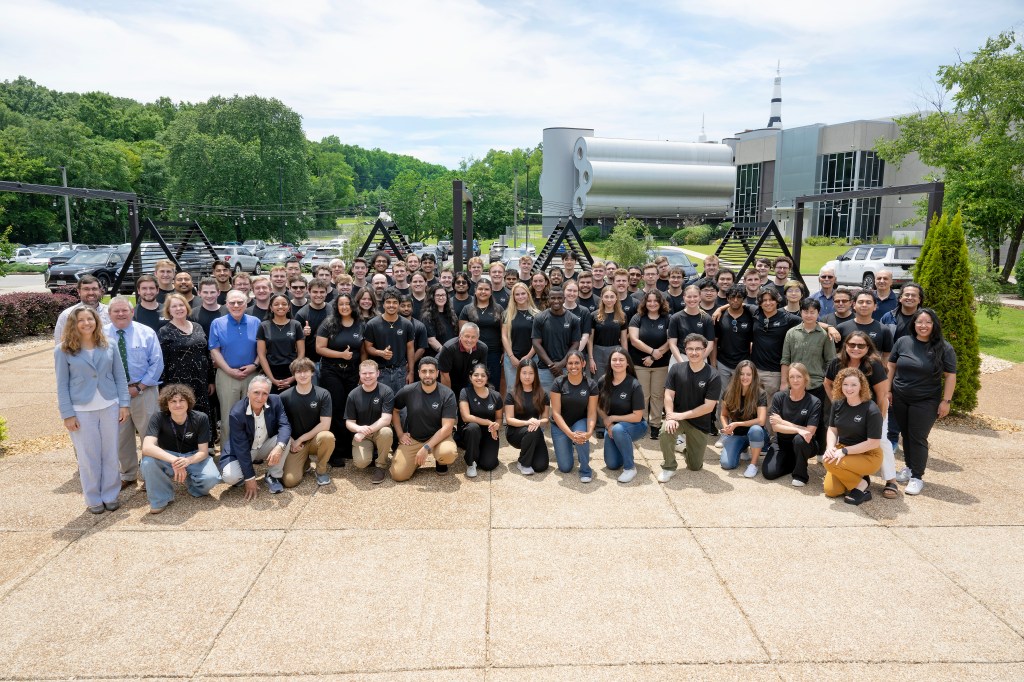
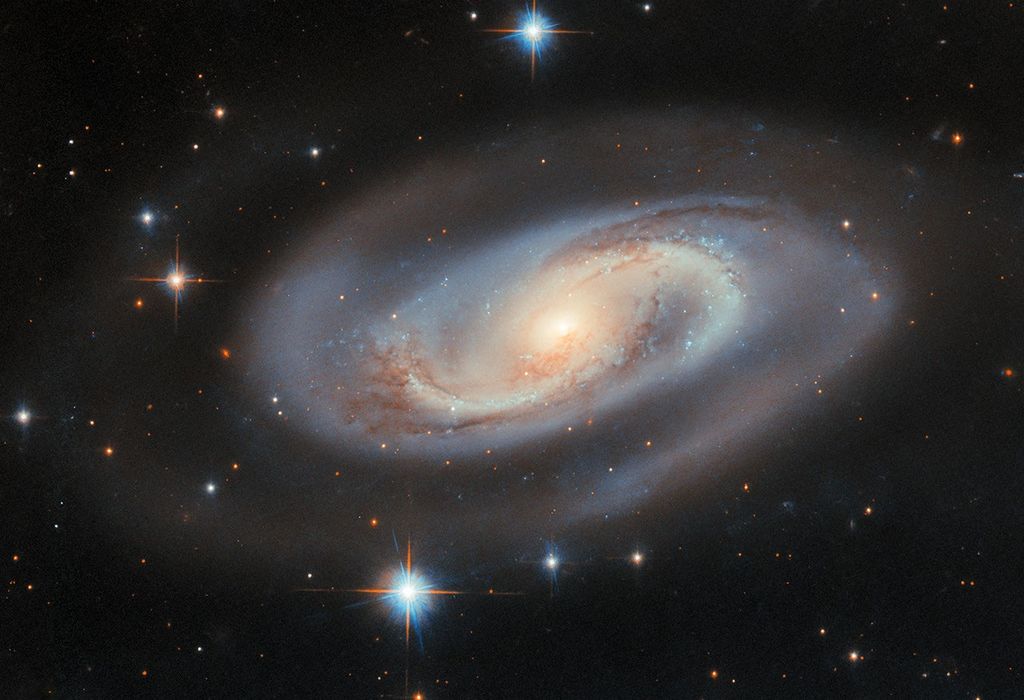

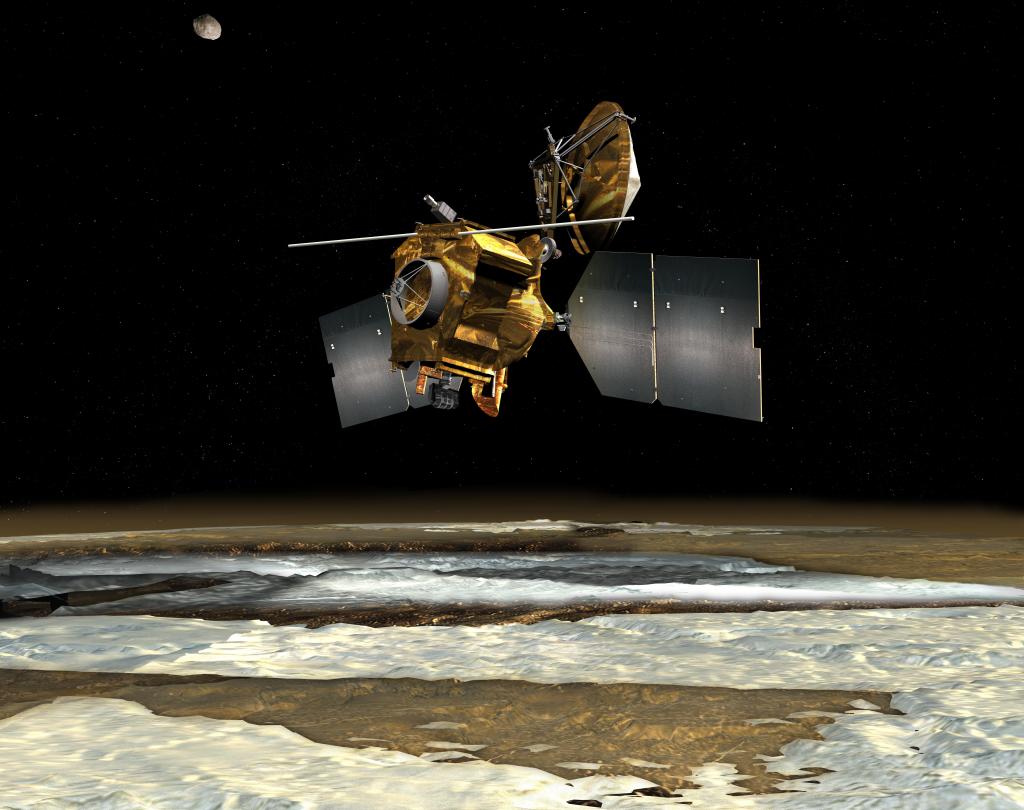
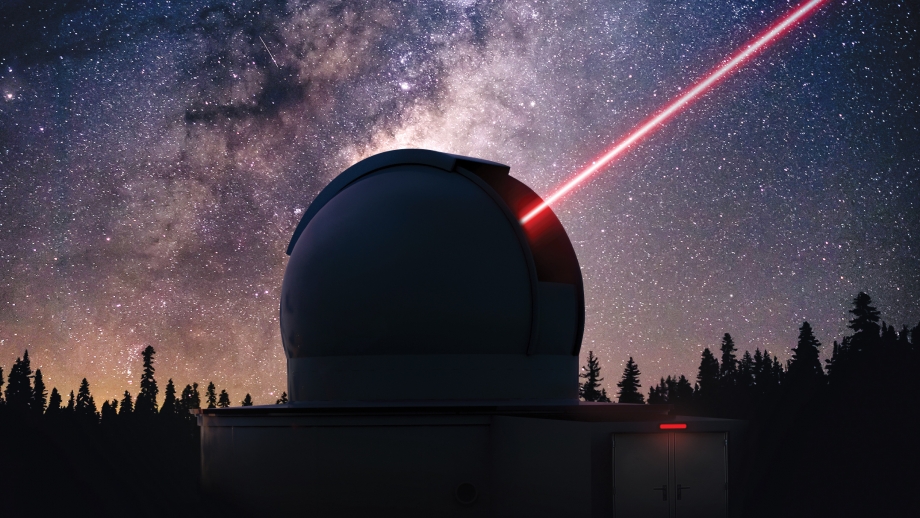
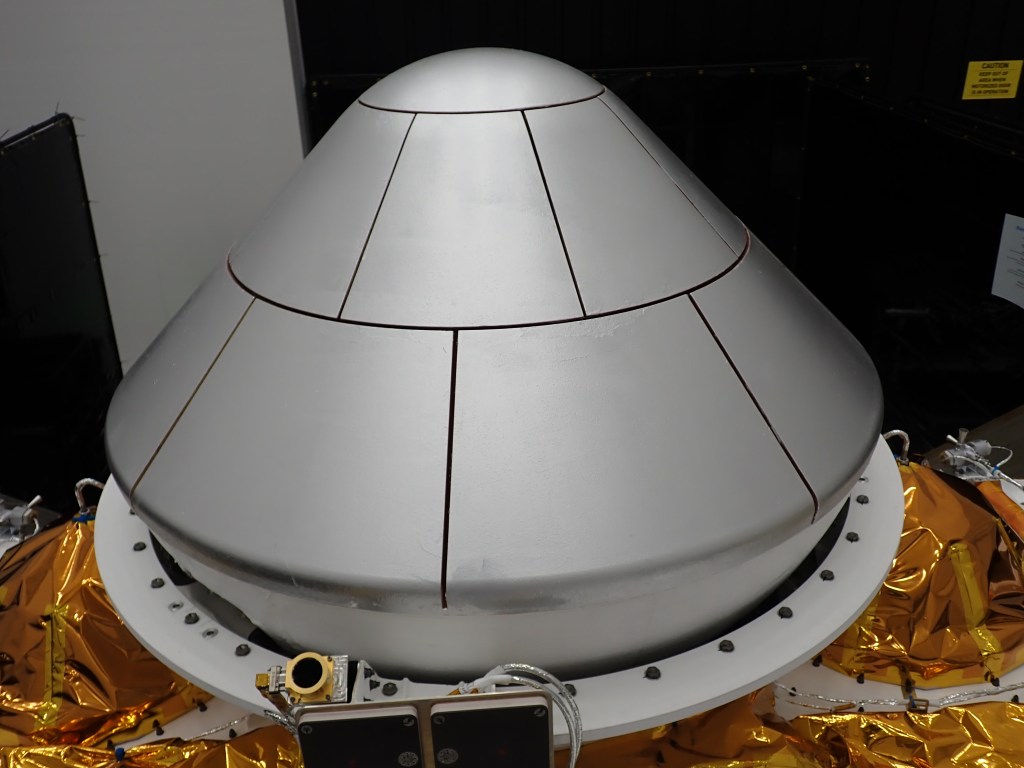




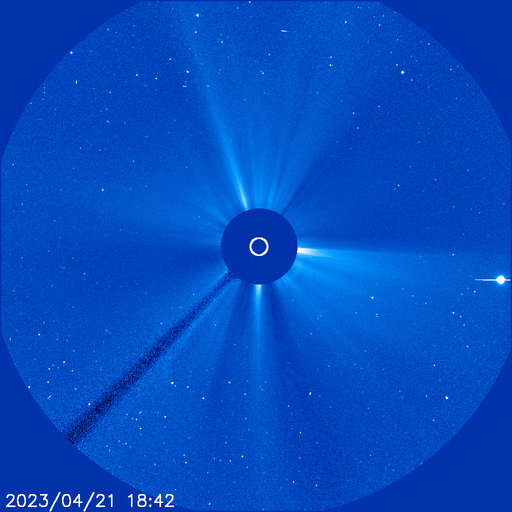
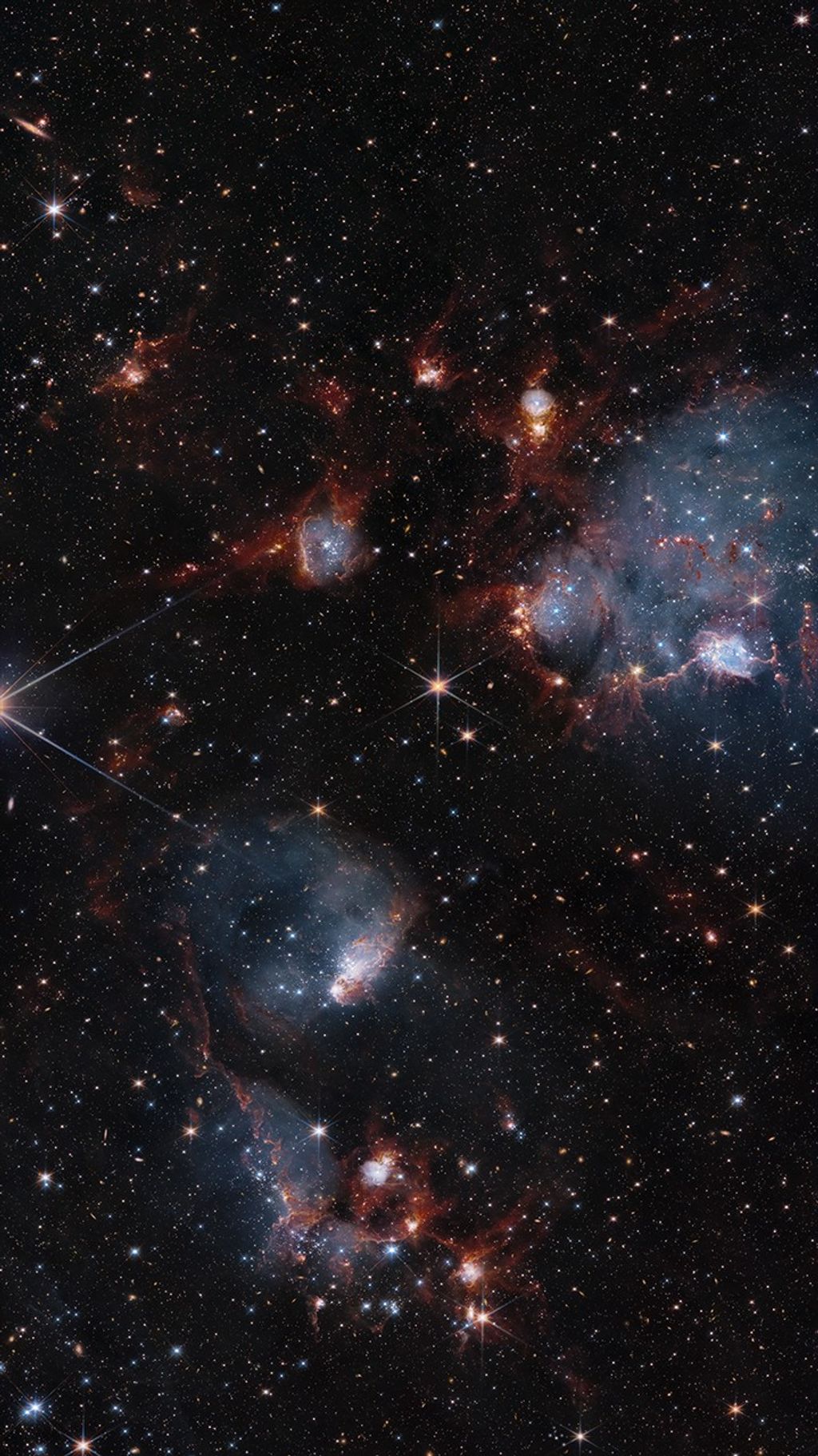

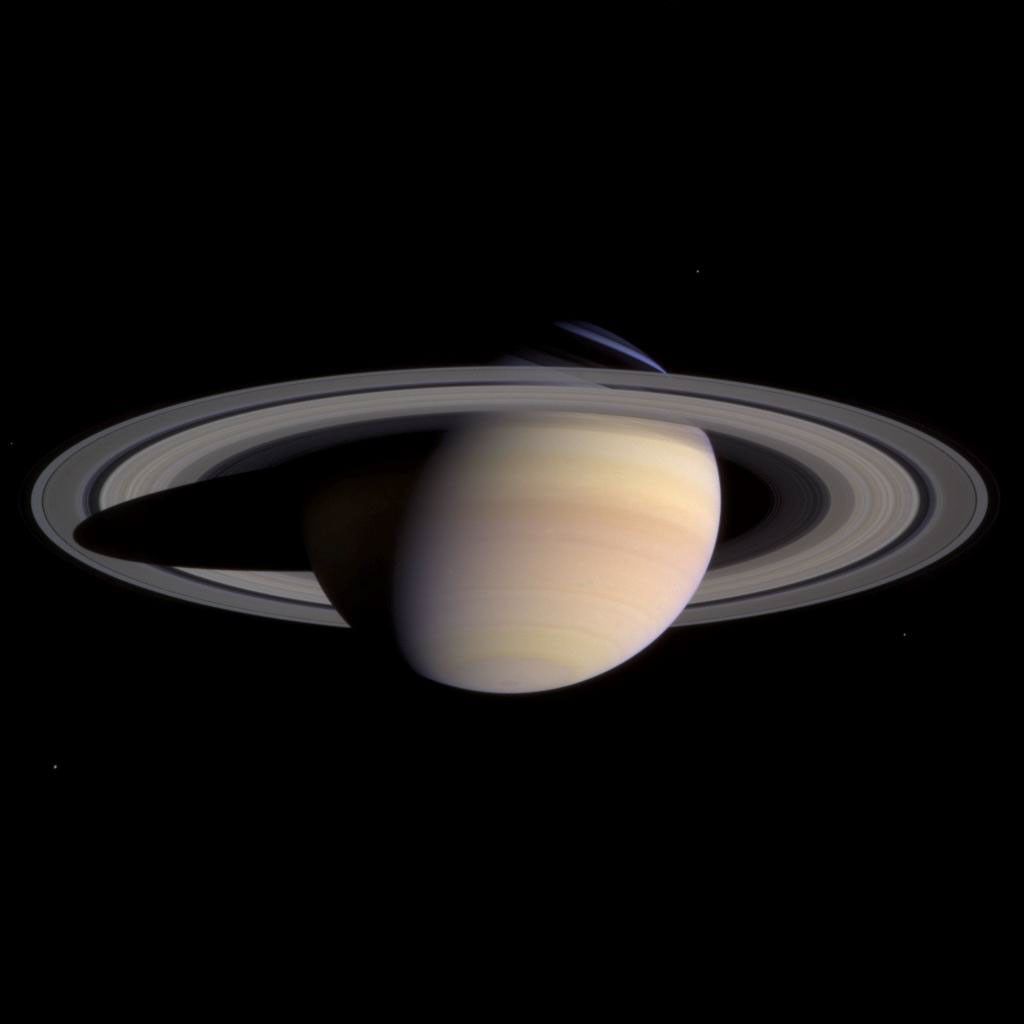
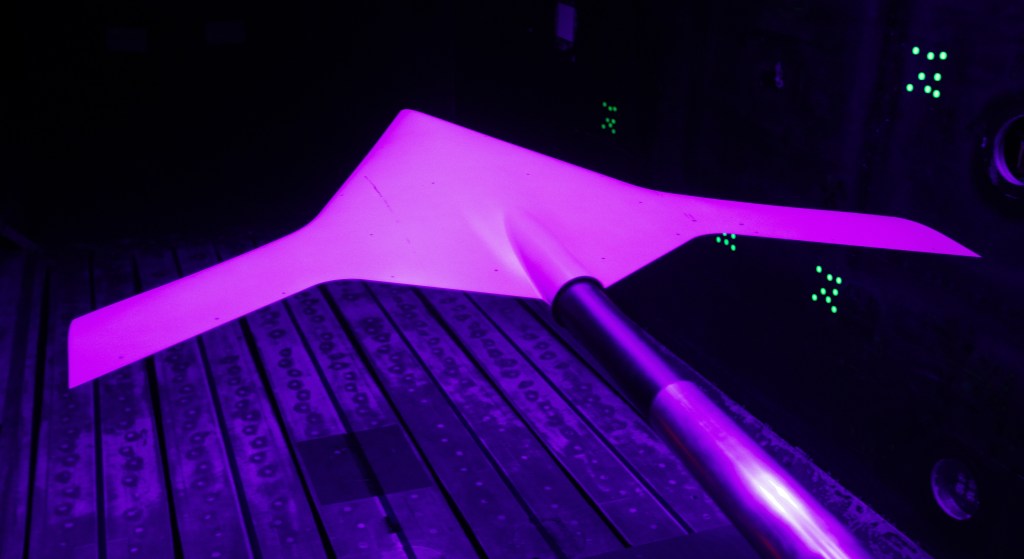

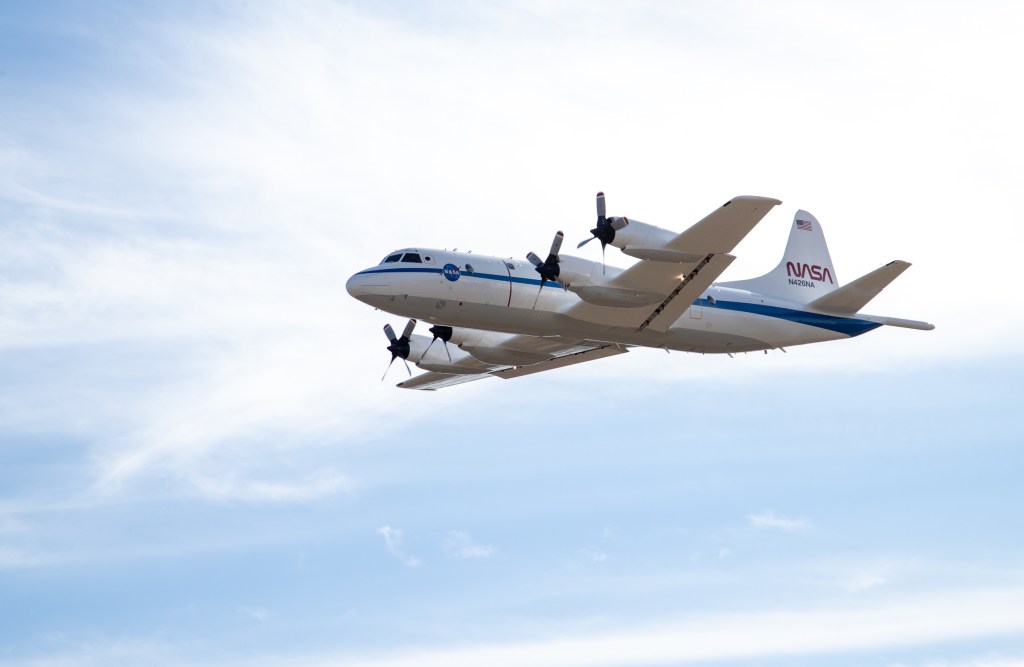
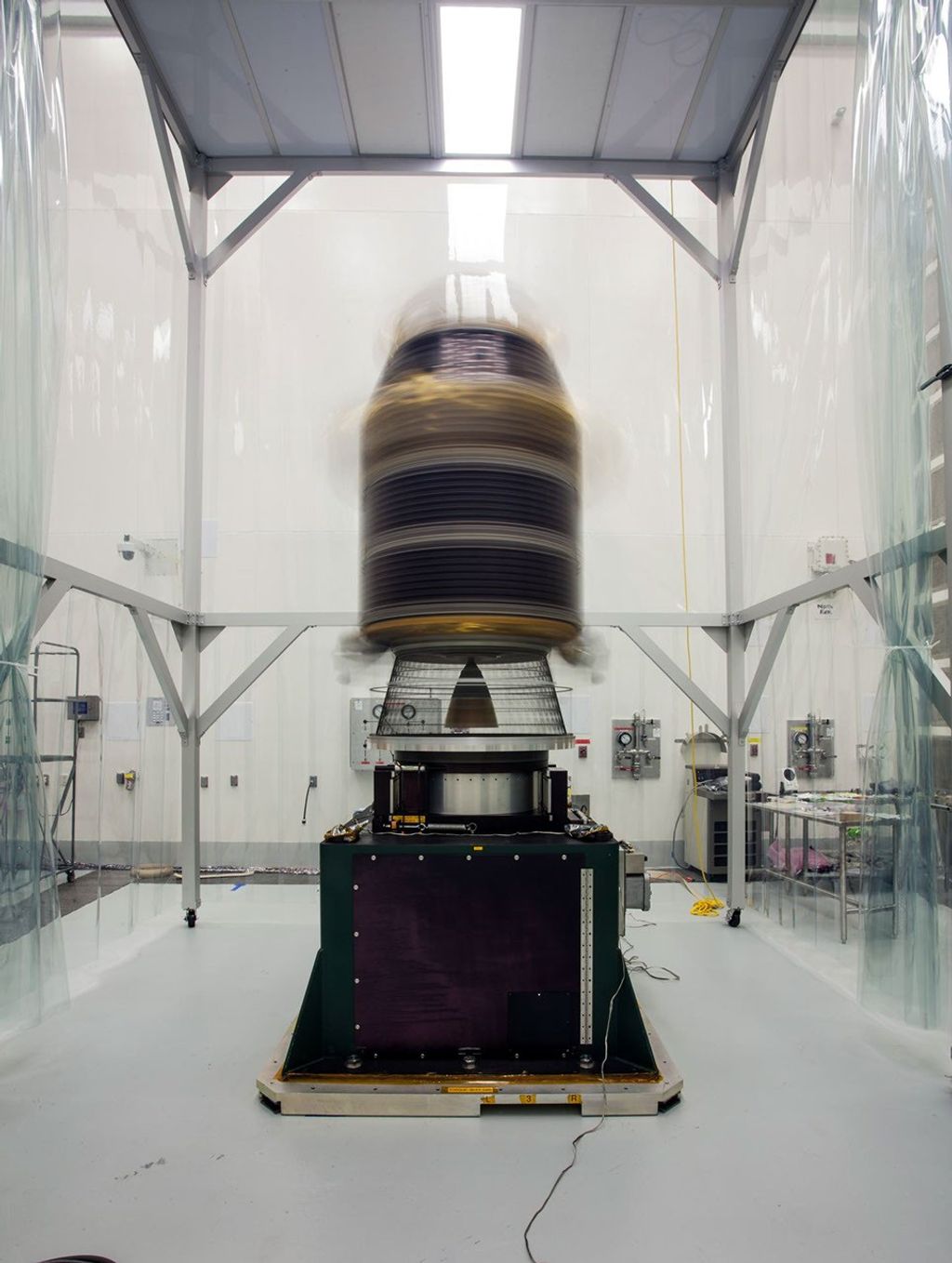




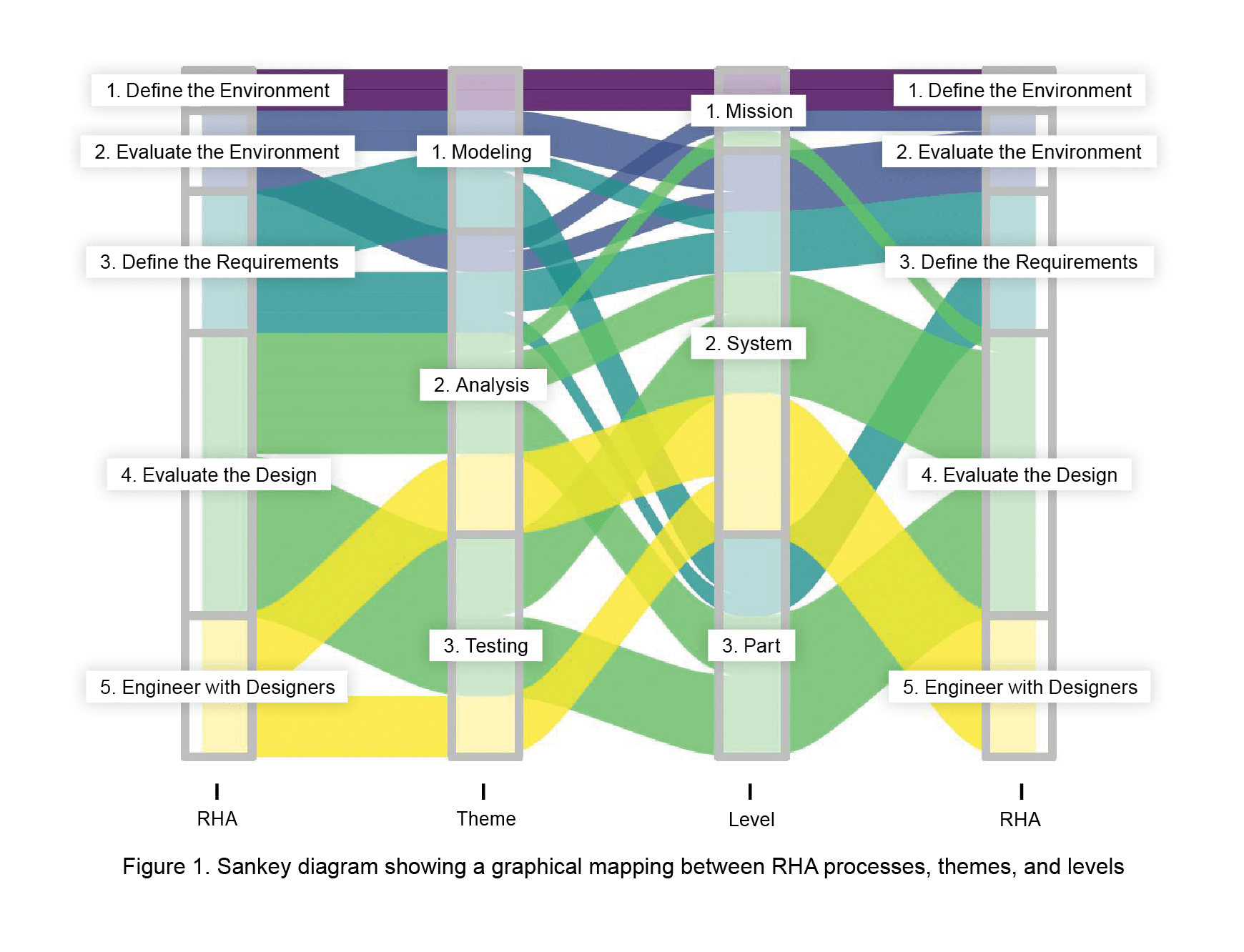
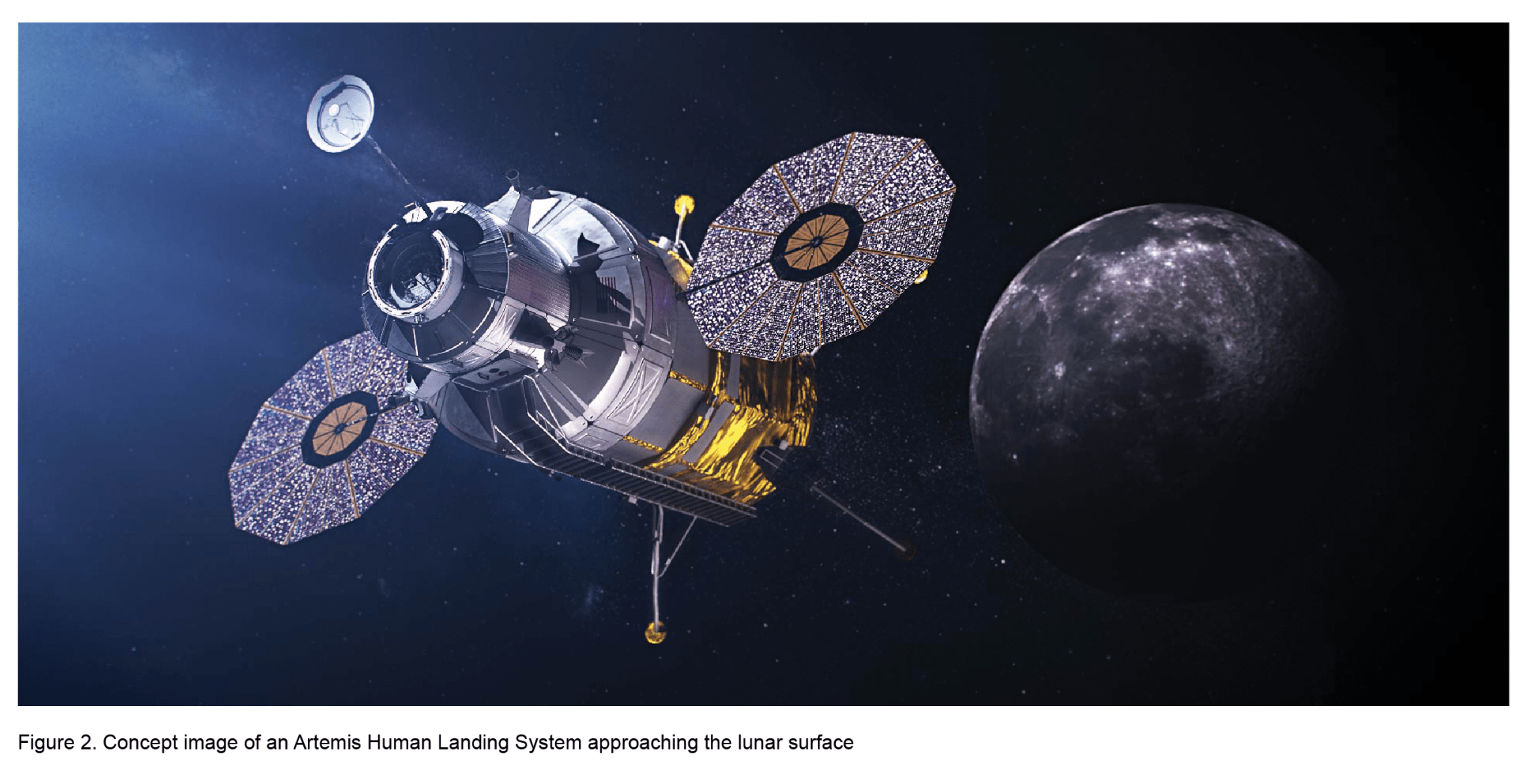
![Scanning electron microscope image of a destructive heavy ion-induced single-event effect failure in a Schottky diode [3]](https://www.nasa.gov/wp-content/uploads/2022/03/pg46-47_art_3.png?w=1442)